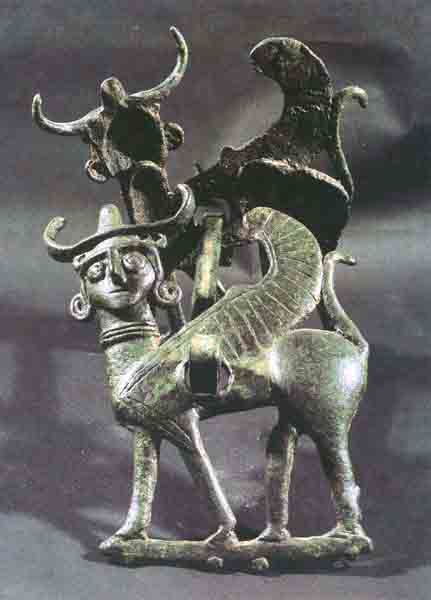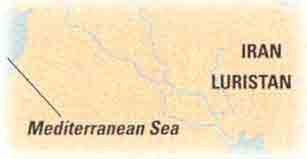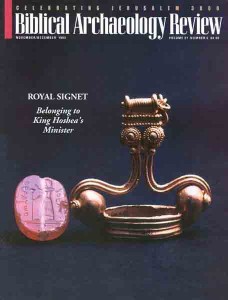
Goggle-eyed sphinxes form the cheekpieces of this bronze bit from Luristan, the mountainous region in western Iran. Dating to the ninth through seventh centuries B.C., the bit belongs to a hoard of bronze tools and weapons plundered from Luristan graves.

With human face, upright tail and outstretched wings, this composite beast is reminiscent of the ivory sphinxes featured on the cover of the
The bit’s mouthpiece, a metal rod, links the two sphinxes; the reins passed through loops at either end of this rod, allowing a rider to control the horse by applying pressure to its sensitive mouth. Bronze points inside the cheekpieces made the rider’s goading even more effective.
Widespread plundering at Luristan in the 1920s makes it extremely difficult to determine the findspots of the bronzes and to reconstruct their placement in graves. Controlled excavations have revealed equine graves, however, and the discovery of a horse skeleton with teeth discolored green by bronze suggests that these animals may have been buried wearing harnesses. Bits have also appeared in human graves, where they cradled the skeleton’s head and were, perhaps, intended for use in the afterlife.
WorldWide Survey
Already a library member? Log in here.
Institution user? Log in with your IP address.

